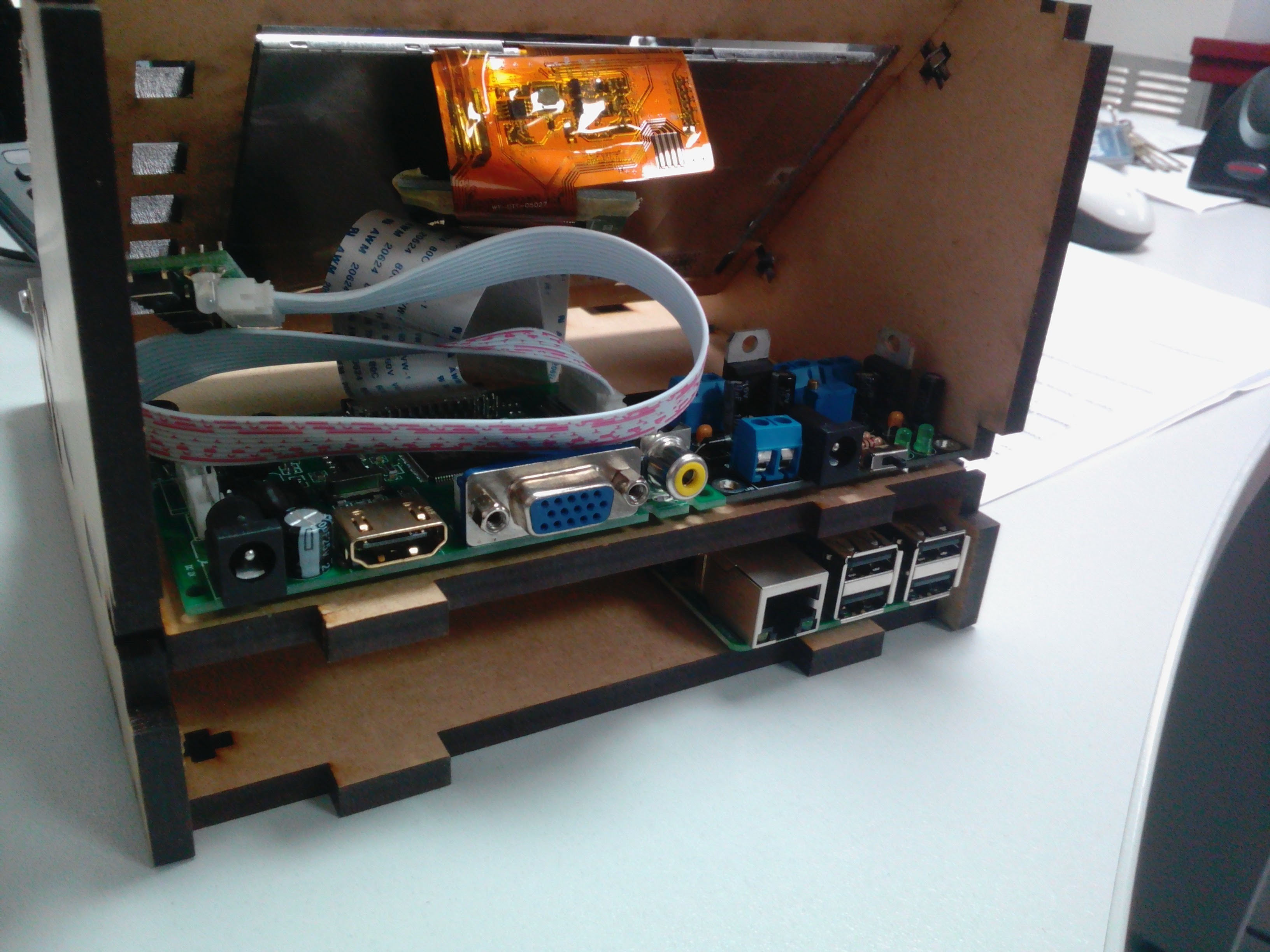Now that I have found a bit of momentum I am keen to keep it going, so I am just doing a quick post to cover a little progress.
Needing 12v for the screen and 5v for the Pi and arduino and any other devices I may connect in future, I have always wondered the best way to power everything from one input; is it best to pump 12v in and step down for the 5v devices or vice versa?
Anyhow I was digging through my bits and bobs and I found something ideal for this (see picture below). A variable power module.
I ordered two of these little beasties from Ebay many moons ago. They were cheap; and it turns out thy were cheap because they were in kit form. Lacking confidence in soldering so many parts in (read: lazy) I ended up not using them. They've come in handy now!
The boards themselves have a barrel jack or screw terminals for 12v in, and then has a series of screw terminals on board; a set for 12v out, a set for 5v out, and one set for a variable voltage, adjustable onboard using a tiny flathead screwdriver.
Picture (from a new angle for @Stefan Lochbrunner's enjoyment :-) ):

The above picture shows The Pi (Just a B+ for now) on the lower level, and the screen driver on the top deck, and to the right of it, my power module.
Over the next few days I will hopefully get this wired together, but first i need to get the screw holes and tabs adjusted so the case all fits together nicely, then create a frame/bezel for the screen to make it fit the hole better, and adjust the holes to the side of the screen so the screen driver buttons can be accessed.
 Craig Hissett
Craig Hissett
Discussions
Become a Hackaday.io Member
Create an account to leave a comment. Already have an account? Log In.
:)
Are you sure? yes | no